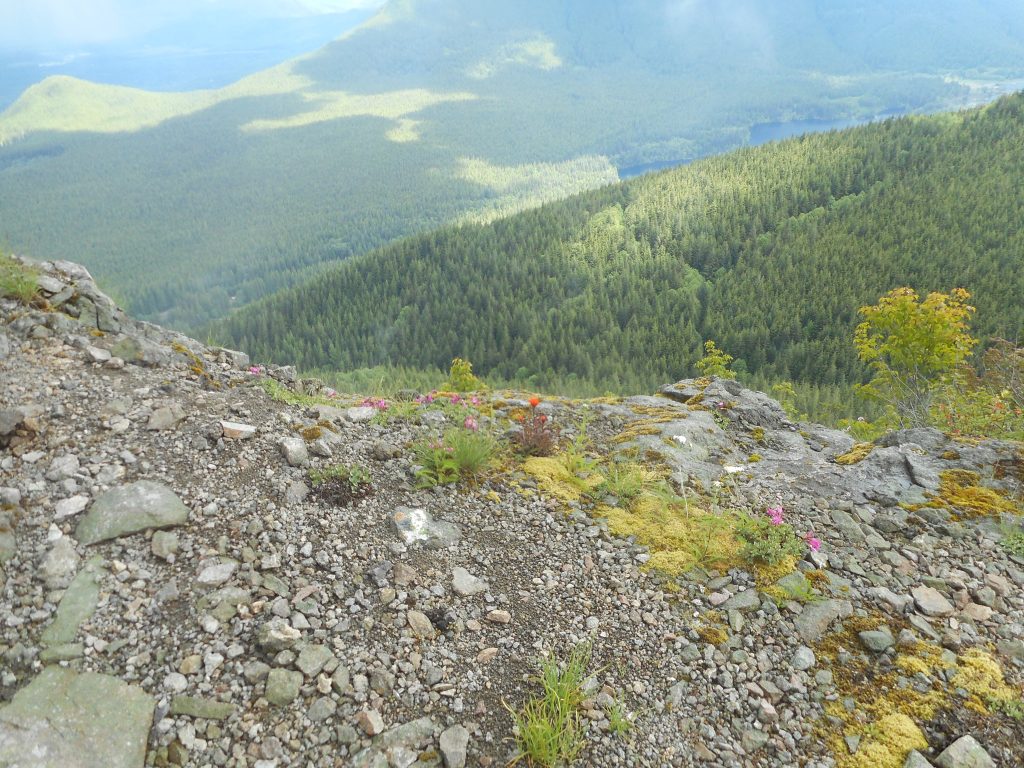
I signed up for a brand new (as of 2018) Cedar River Watershed Education Center (CRWEC) tour: Spring Arrives in the Watershed.
Led by Rolf Gersonde, who, along with Bill Richards leads the Adventures in Forest Ecology tour, this superb tour of the Cedar River Watershed took us all over the watershed with a common theme: what happens when spring arrives?
Well, if I could remember it all I would doing really well. Suffice it to say that we visited five different sites and at each site we learned about how the change of seasons affects trees and flowers and other plants as well as the birds that stay all winter and the birds that migrate into and out of the Watershed.
Check out this mountain meadow:
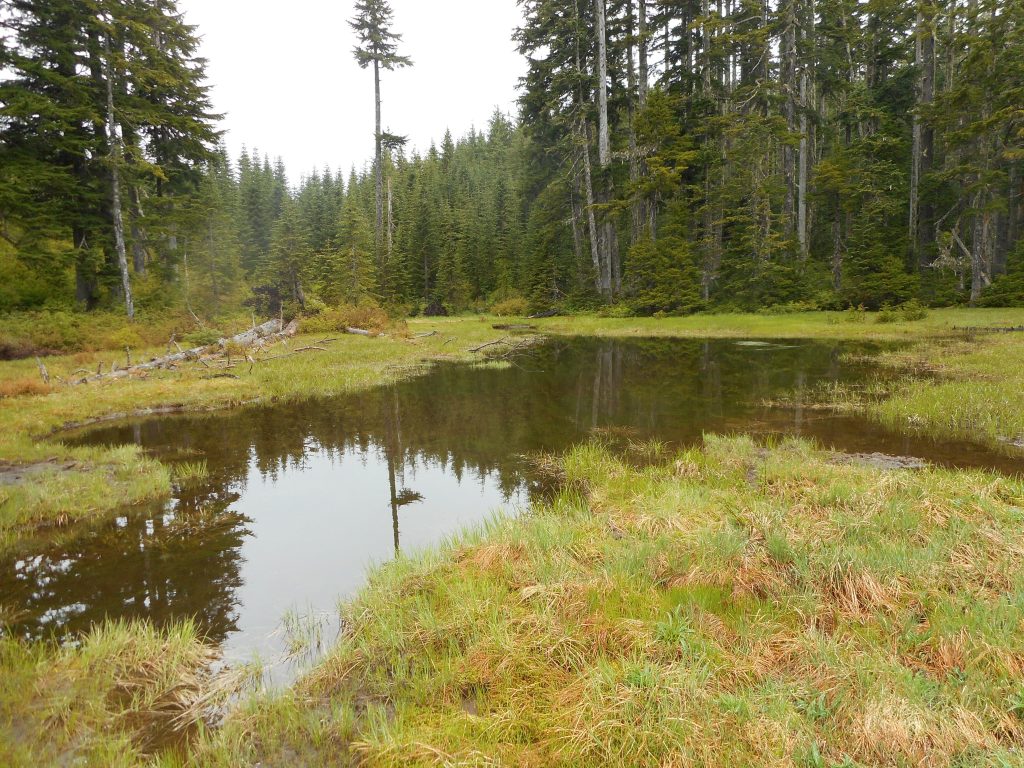
This one was the first of two we visited. The second one was perhaps 100 yards downhill from this one but had very different features – the downhill meadow had the beginning of a stream, express-training the water into the reservoir, leading to different plants at different stages of spring development.
In the downhill meadow Rolf pointed out that the north side of the meadow had melted out before the south side, so the grasses and plants on the north side were already thriving whereas the same flora on the south side were still recovering from having been pressed down by several feet of snow.
These meadows are a favorite hangout for elk; one unfortunate citizen had a fatal encounter with a cougar or a bear:
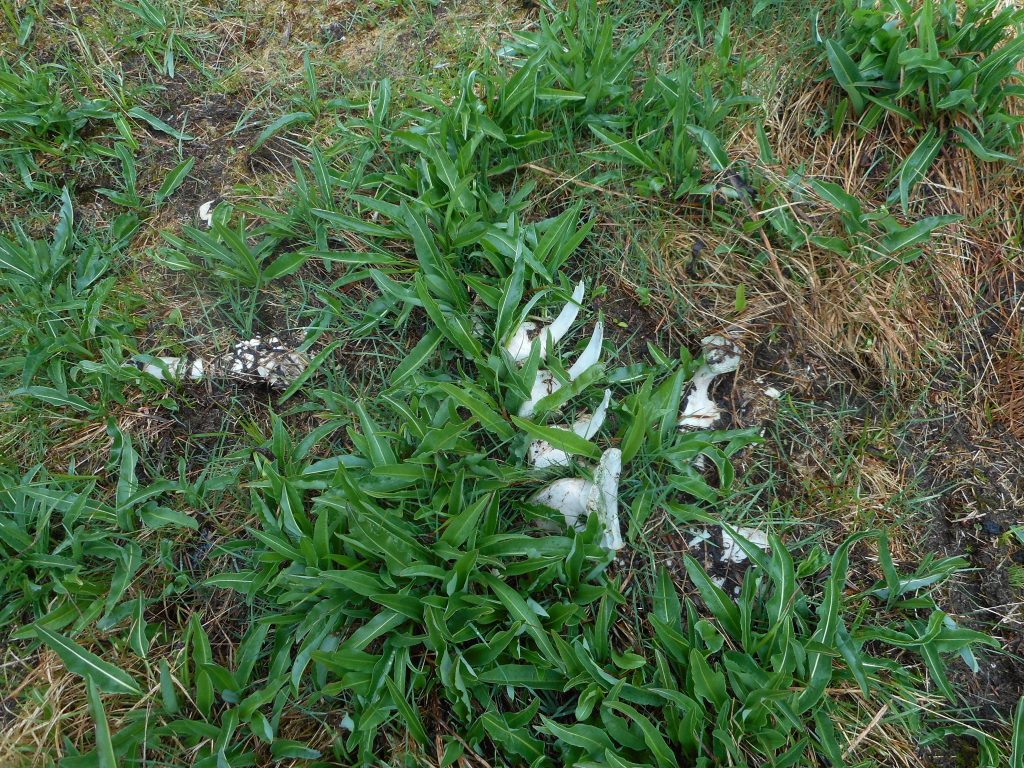
We also visited an old growth stand, which provided the usual feelings of awe and humility:
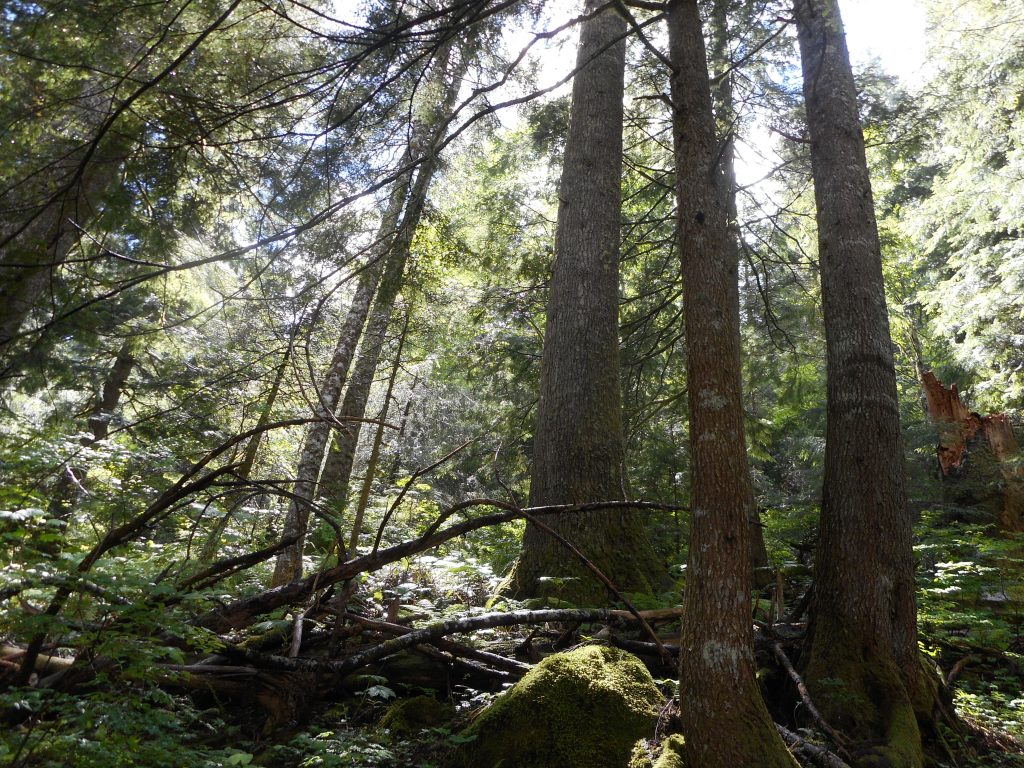
Our first view point was beautiful, even though it was rainy and foggy at the time:
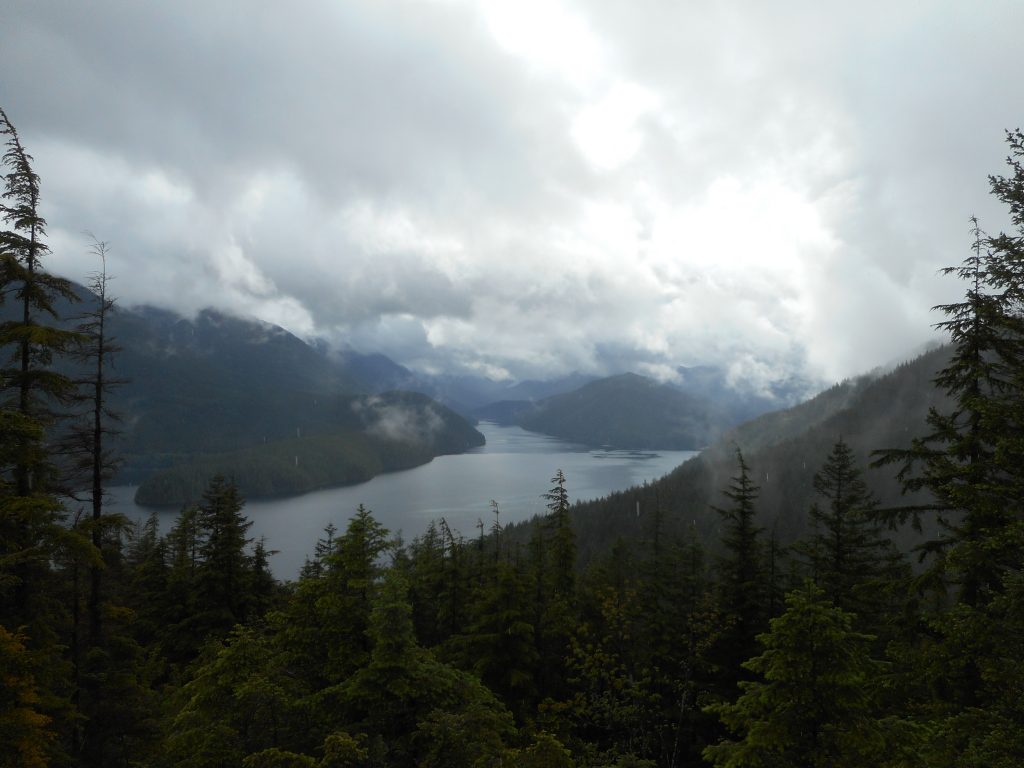
No doubt the highlight of the tour for all of us was the breathtaking flowers, rock formations and endless views at the second view point – I believe called Say’s Ledge. We all climbed out of the van and our jaws dropped.
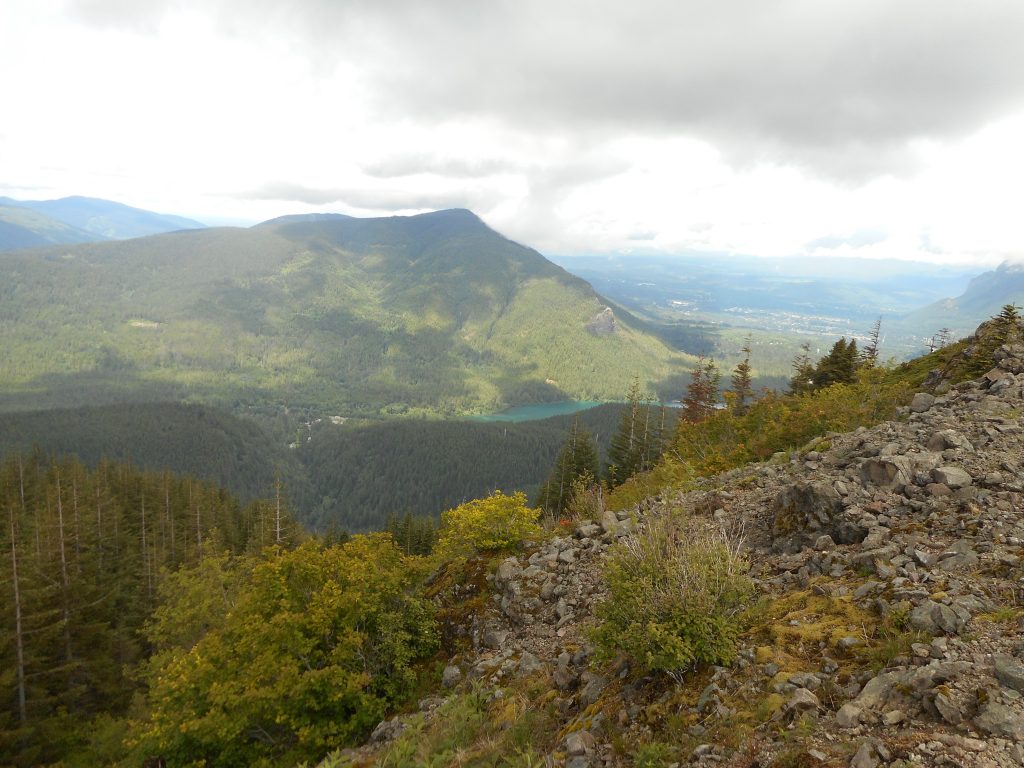
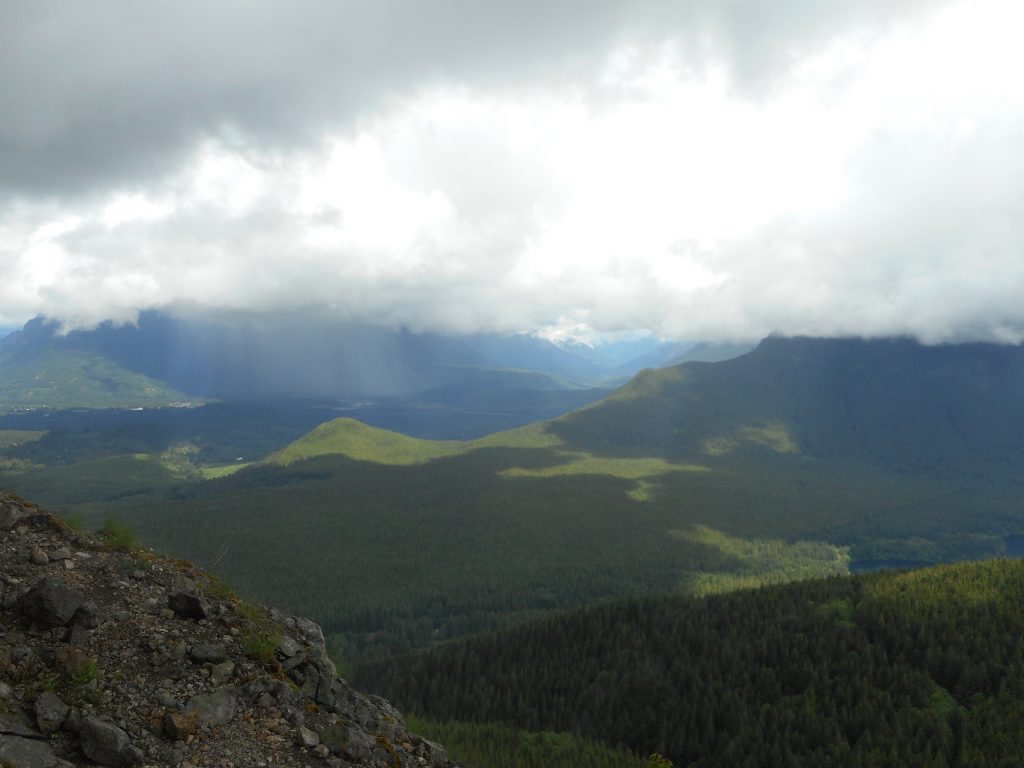
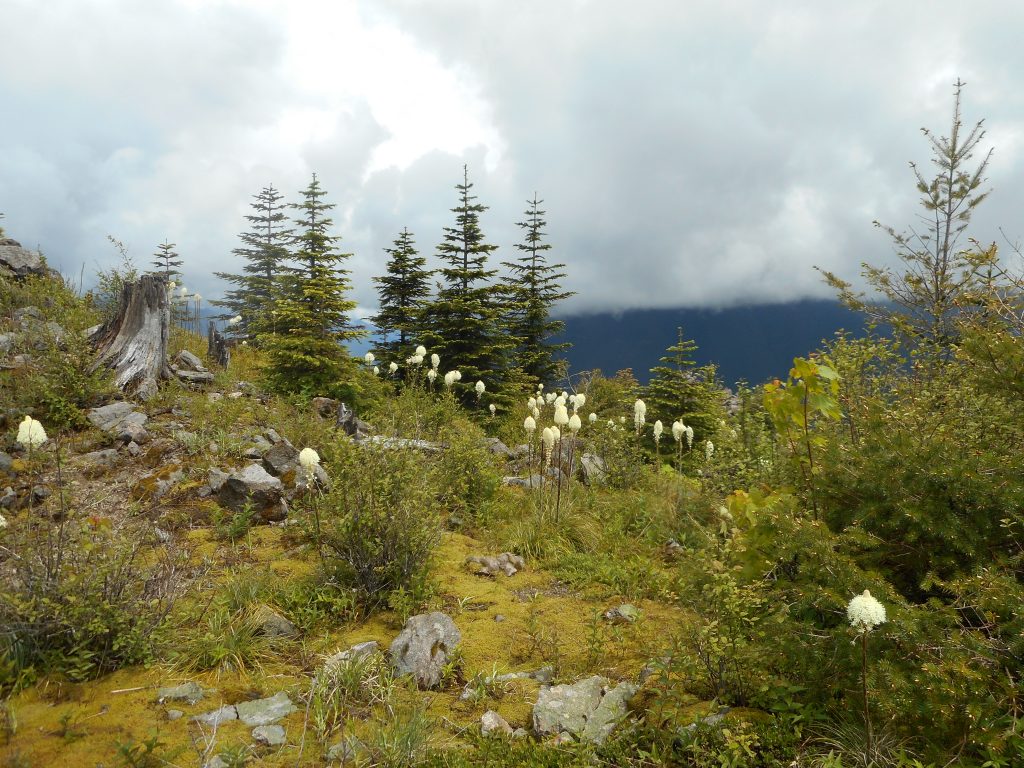
I was unable to count the number of different kinds of flowers on this ledge – I have more photos than I think feasible to upload but suffice it to say that, at this time of the year, the Watershed is a feast for the eyes. And the nose – and, let’s face it, all five of our senses.
This tour had something for everyone. We identified numerous bird calls, and trees, and flowers, learned about coyote scat, did a little hiking off trail, had rain and hail and sun and wind and calm, and we got to experience the watershed (which is off limits to most people most of the time) in a way that few people ever get to do.
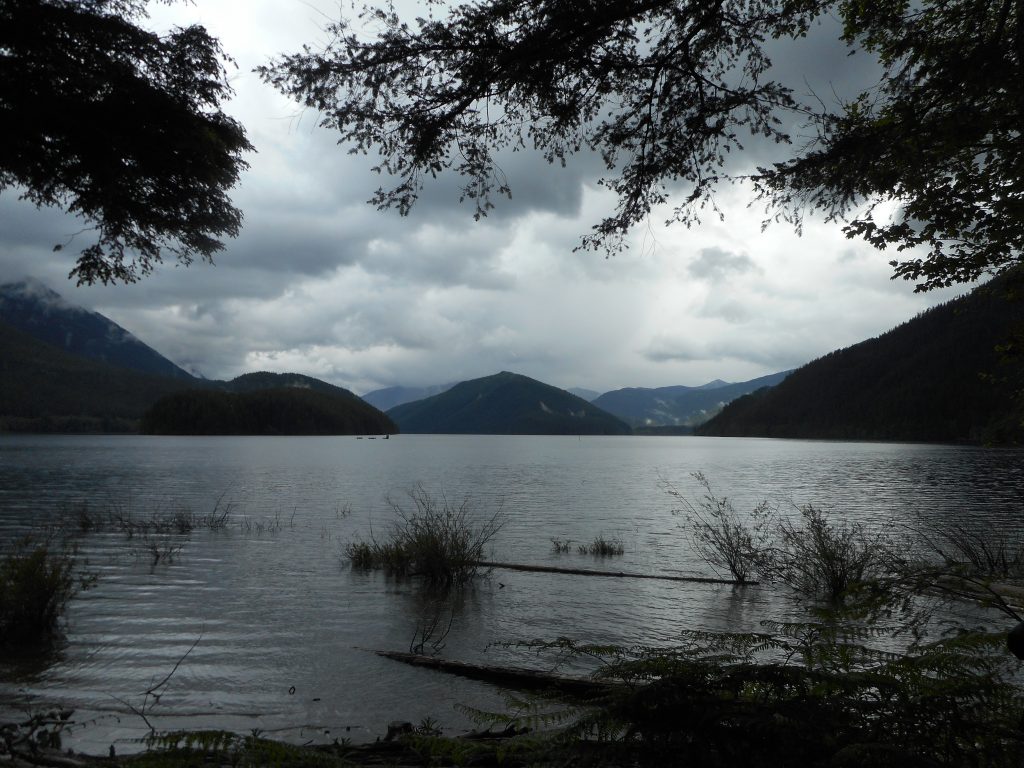
Finally, at our last stop, we got to see Chester Morse Lake up close and personal. When we hike in this area we see if from several thousand feet up – it sure looks bigger when you are standing by the shore.
A great tour and I hope they offer it again next year. I am looking forward to doing the Old Growth Tour in August with Derek, who would have absolutely loved this one.